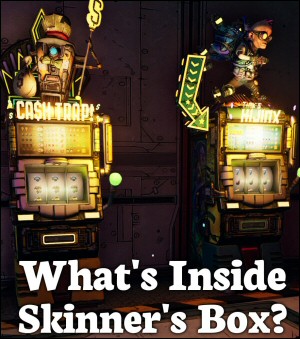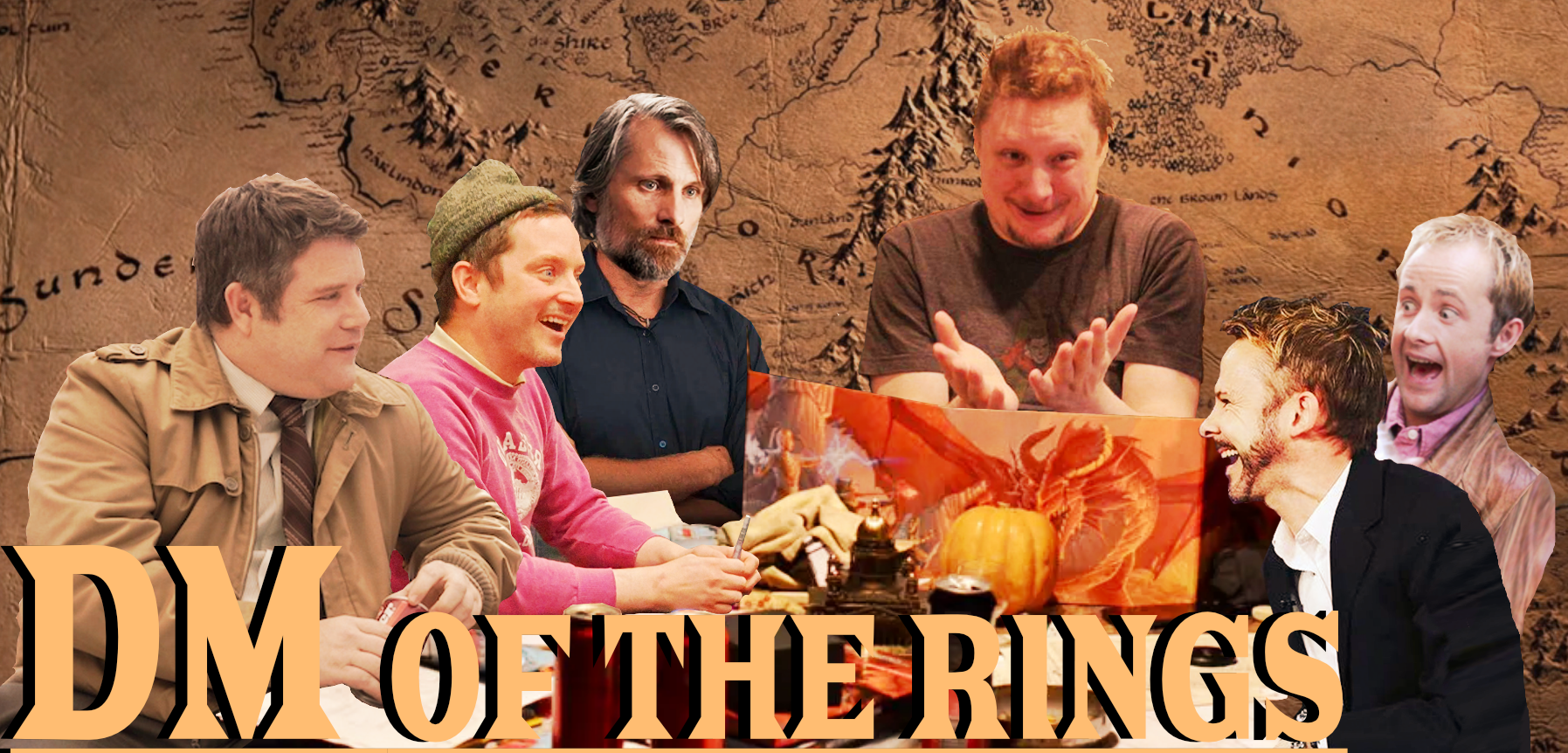
Whenever you introduce a new creature, you should be very specific in your descriptions so that players know if this is something for them to fight or have sex with.
Shamus, Wednesday May 2, 2007
This Scene Breaks a Character

Small changes to the animations can have a huge impact on how the audience interprets a scene.
Trashing the Heap

What does it mean when a program crashes, and why does it happen?
TitleWhat’s Inside Skinner’s Box?

What is a skinner box, how does it interact with neurotransmitters, and what does it have to do with shooting people in the face for rare loot?
Artless in Alderaan

People were so worried about the boring gameplay of The Old Republic they overlooked just how boring and amateur the art is.
Object-Oriented Debate

There are two major schools of thought about how you should write software. Here's what they are and why people argue about it.
 T w e n t y S i d e d
T w e n t y S i d e d

The very specific description is “a giant, barky Gimli”.
Nice
Hurtful splinter, indeed!
In fairness, in D&D Treants (the Ent-inspired creature) and Dryads are two totally different creatures. Treants look like Treebeard; massive, vaguely anthropomorphic trees. Dryads on the other hand are human-sized, and look a bit like if a human woman instead had flesh and skin made out of wood, leaves and plant tissue instead. Despite that, I imagine if we did meet one of these dryads in real life, there would be an instant uncanny valley effect, similar to how you might have seen some photo-realistic pictures of what anime characters in real life might look like, and they just look WEIRD.
Ravenloft freaked me out a bit by introducing Undead Treants.
…okay, that was one of many ways Ravenloft freaked me out.
Ravenloft was awesome and I regret that I’ve never played in a Ravenloft campaign.
Spelling alert, first panel: “Isengeard”
“Isen Gear?!” – Solid Snake